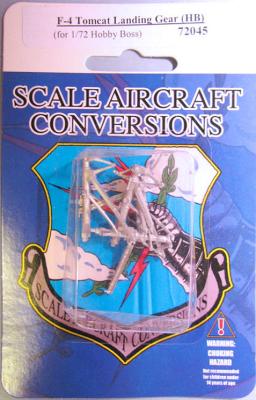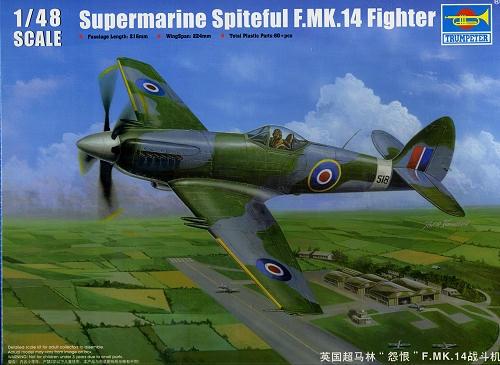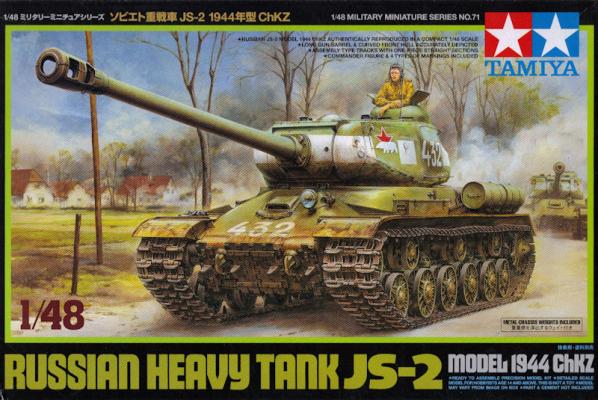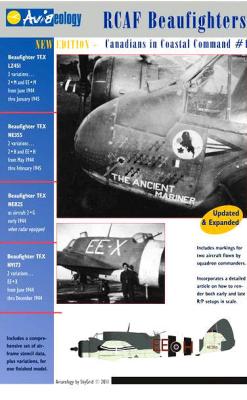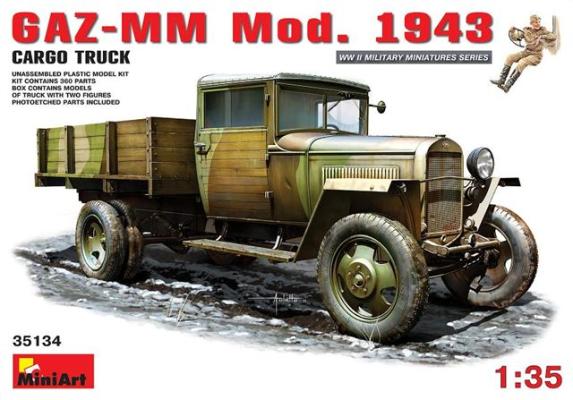The F-14 Tomcat will likely be the greatest fleet defender known by my generation. Although retired now, the F-14 was ready from the start to carry an array of weapons including the AIM-9 Sidewinder, AIM-7 Sparrow, AIM-54 Phoenix (the ultimate missile of the US arsenal, which is also now retired), various bombs, and an internal 20mm Vulcan cannon. The 64 foot, 1.5 inch long wings could be swept to 38 feet, 2.5 inches or overswept for storage to 33 feet 3.5 inches. The plane was 62 feet, 8 inches long and 16 feet tall weighing 40,104 pounds empty, and 74,349 pounds at maximum takeoff weight. Powered by a pair of Pratt & Whitney TF-30-P414A turbofans (with 20,900 pounds of thrust each), the F-14A never reached its full potential, as the D-model would later with General Electric F110-GE-400 turbofan engines (with 23,500 pounds of thrust each).
Welcome to the IPMS/USA Reviews site!
Introduction: The primary organization of the IPMS/USA Review website is by IPMS/USA National Contest Class. Within each Class there are sub-menus by kits, decals, books, etc. The Miscellaneous Class is for items that are not class specific or that cross two or more classes.
IPMS/USA Members: We encourage you to submit reviews, both here and to the Journal. To volunteer for membership in the IPMS/USA "Reviewers Corps" and submit your own reviews, please read the Guidelines For Submitting Product Reviews.
Manufacturers, publishers, and other industry members: IPMS/USA is pleased to offer your company the opportunity for product reviews. All product reviews are performed by IPMS/USA members, and are posted in the publicly-accessible section of our website. With very few exceptions, we perform full build reviews of new kit releases, aftermarket products, and supplies. If you would care to provide product samples for review, please contact John Noack, IPMS/USA 1st VP.
To learn more about IPMS/USA, please see our About Us page.
History
The Supermarine Spitfire series has often been described as the most aesthetically pleasing aircraft ever flown. During the course of its service life, the basic Spitfire design was progressively altered with heavier armament, camera installations and no armament, more powerful engines, canopy revisions, fixed and retracting tail wheel, larger vertical stabilizers and rudders, clipped wings and extended wingtips, propeller revisions, as well as several radiator revisions. In addition, the Spitfire was also modified for naval operations and was known as the “Seafire” with the fuselage reinforced and a tail hook added.
During its service life, about 22,750 Spitfires and Seafires were manufactured. Weight increased from 5,800 to over 11,000 lbs, with engine horsepower increasing from 1020 to 2050 HP, and speeds increasing from 364 to 452 MPH.
The yearly new releases in Tamiya’s 1/48th scale Military Vehicle range are getting fewer and fewer in number compared to when the range was launched seven or eight years ago, but when they do turn up, they are well worth the wait. The latest in the range is the massive JS-2 Heavy Tank, produced as a counter to the German military’s Tiger 1 heavy tank. Heavily armored and with a potent 122mm main gun, this beast proved very effective both in battling the heavier German armored vehicles as well as being used in the “breakthrough” role in the mid- to late-war battles on the Eastern Front.
Some months ago, I had the opportunity to review the Aviaeology RCAF Beaufighters in Coastal Command decals, product number AOD48002m, which ultimately resulted in an uncontrollable urge to build a Beaufighter and use the decals. I had two Tamiya Beaufighter kits in my stash with the goal, of course, to build both someday. The Aviaeology decals offered that inspiration.
History – The GAZ Model 1943 Cargo Truck was based on the original GAZ-AA and, due to material shortages caused by the war, incorporated several metal and miscellaneous components changes. The vehicle was equipped with a more powerful 50 HP engine, simplified cab, the right headlamp was omitted, and brakes were fitted to the rear wheels only. Wood doors were added to the cab to improve driver comfort during the harsh winters.
Gorkovsky Avtomobilny Zavod (GAZ, aka Gorky Automobile Plant) manufactured 138,600 GAZ-MM trucks.











